Search
Remove Ads
Advertisement
Summary 
Loading AI-generated summary based on World History Encyclopedia articles ...
Search Results
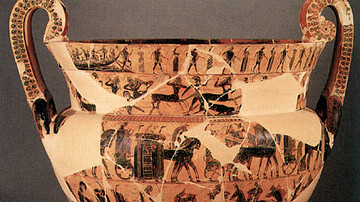
Definition
François Vase
The François Vase is a large Attic volute-krater dating to c. 570-565 BCE, and it is perhaps the example par excellence of the black-figure pottery style. An astonishing range of scenes and characters from Greek mythology cover the vase and...

Image
François Vase
The François Vase is named after Alessandro François who found the vase in Chiusi in Etruria (central Italy) in 1845 CE. This Athenian volute-krater dates from c. 570-565 BCE and is signed by the potter Ergotimos and the painter Kleitias...
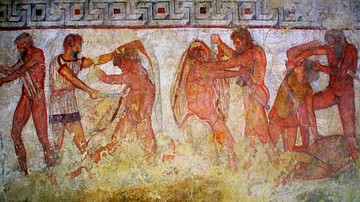
Definition
Francois Tomb
The Francois Tomb is an Etruscan tomb located at Vulci (Velch to the Etruscans), a town located 12 km from the western coast of central Italy, by the banks of the Fiora River. Flourishing as a trading port between the 6th and 4th century...
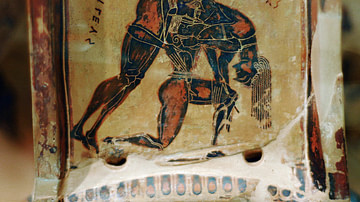
Image
Ajax and Achilles, Francois Vase
A detail from the handle of one of the finest surviving examples of Attic black-figure pottery, the Francois Vase (570-565 BCE) depicting Ajax carrying the body of Achilles during the Trojan War. (Archaeological Museum, Florence)

Definition
François L'Olonais
François L'Olonais (also spelt L'Olonnais or L'Ollonais, c. 1630-1668), real name Jean-David Nau, was a French buccaneer and pirate who operated from Tortuga on Hispaniola. In 1667, he famously attacked Venezuela, then part of the Spanish...
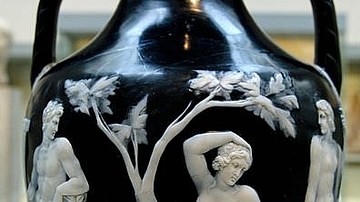
Article
The Portland Vase
The Portland Vase is a Roman two-handled glass amphora dating to between the second half of the 1st century BCE and the early 1st century CE. The vase has a cameo-like effect decoration which perhaps depicts the marriage of Peleus and Thetis...
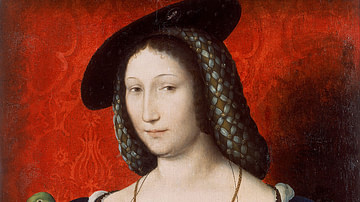
Definition
Marguerite de Navarre
Marguerite de Navarre (l. 1492-1549) was a writer, philosopher, diplomat, and Queen of Navarre, sister of King Francois I (Francis I of France, r. 1515-1547), mother of Jeanne d’Albret (l. 1528-1572) and grandmother of Henry IV of France...

Definition
Ancient Greek Pottery
Greek pottery has four main types: Geometric, Corinthian, Athenian Black-figure, and Athenian red-figure pottery. Pottery vessels were made for everyday use such as the two-handled amphora for storage, the single-stem kylix cup for drinking...

Image
François-Noël (Gracchus) Babeuf
François-Noël "Gracchus" Babeuf (1760-1797), French political agitator and journalist best known for the Conspiracy of Equals, engraving by François Bonneville, 1794.
Bibliothèque nationale de France, Paris.
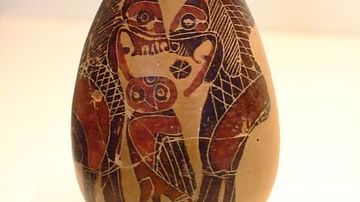
Article
A Visual Glossary of Greek Pottery
Alabastron (pl. alabastra) - a small jar for storing perfumes, named after the material (alabaster) the first examples were made from. They were often carried by a string looped around the neck of the vessel. Amphora (pl. amphorae) - one...